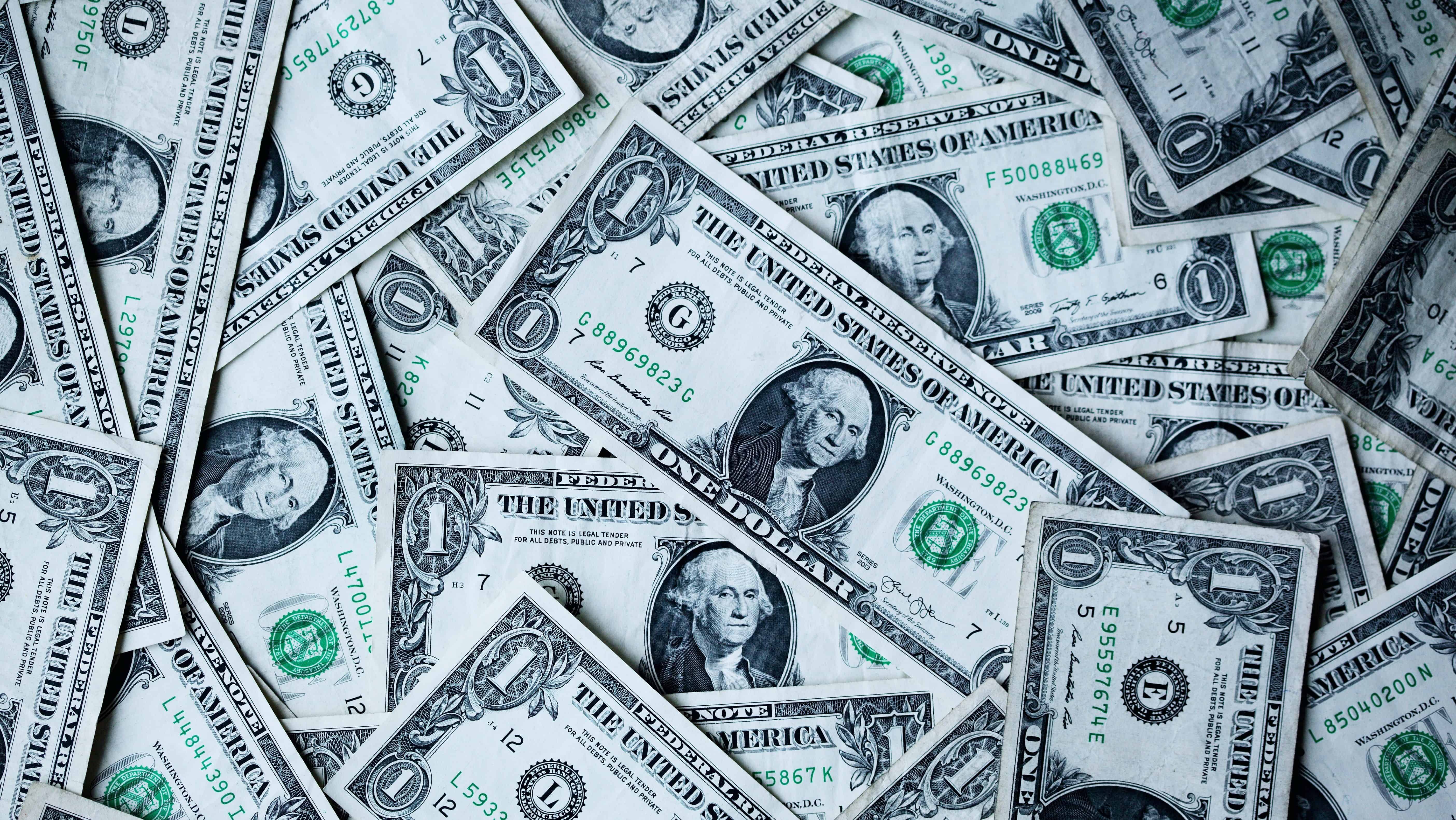Trade wars. Slowing global growth. Weak inflation. $14 trillion of negative-yielding debt. Unprecedented monetary policies. It’s easy to get lost in the mayhem of markets when these are just some of the notable trends investors face today. Amid the chaos, the narrative surrounding Bitcoin has shifted quite dramatically since the beginning of the year as more sophisticated investors recognize the value proposition of “digital gold.” Institutional investors made up the highest percentage of total demand for Grayscale’s investment products (84%) in Q2 2019 since they began publishing in-depth quarterly reports in July 2018.

Bitcoin has several innate properties that make it an attractive alternative to physical gold (censorship resistance, portability, etc.), but in the medium-term BTC will likely be fueled by many of the same drivers for the precious metal. In a world of malleable money supply and rising geopolitical risks, demand for relatively scarce, non-sovereign assets is unlikely to dry up any time soon.
The Race to the Bottom
Central banks are racing to cut interest rates as the outlook for global growth softens and inflation remains relatively weak. This rapid reversal in policy expectations, most notably from the Federal Reserve, has pushed asset prices to fresh all-time highs, especially those considered further out the risk curve (equities, corporate bonds, etc.). Government bond yields have fallen drastically, with yields on 10-year U.S. Treasuries dipping below 1.7% for the first time since October 2016.
U.S. 10yr Treasury Yield Trending Lower Long-Term
Source: TVC, TradingView
There is some justification for further rate cuts, however. As much as its leaders would like the market to believe it operates independently, the U.S. central bank is a bit handcuffed to the policy decisions of its peers (ECB, BOJ, PBOC, etc.). If the Fed’s monetary policy diverges from other major central banks, they run the risk of a significantly stronger dollar, which does not bode well for the global economy. Tack on weaker inflation expectations and uncertainty surrounding the long-term effects of a U.S.-China trade war and it’s not surprising that the Fed has shifted its tone towards more dovish policies.
The market expects the Fed to play ball, evident in the 90% probability of at least two more rate cuts by the year-end, according to Fed funds futures tracked by The CME Group. This marks a dramatic reversal in expectations compared to just nine months ago, when it seemed the Fed’s future rate path was up and to the right. Given their supply scarcity, further rate cuts and additional stimulus measures by global central banks should increase the demand for gold and bitcoin as the shift towards easier monetary policies takes hold.
Bitcoin Price vs. Probability of Fed Funds Rate at Dec. ’19 FOMC Meeting
Mounting National Debts
The sustainability of looser monetary and fiscal policy is far less clear. Many economies are facing a deadly combination of overwhelming debt loads and slowing economic activity. This isn’t just a problem the U.S. faces either; several major countries in Europe also have large external debt obligations with bleak economic prospects.
This trend poses several risks since there’s only a handful of ways a country can climb out from underneath its mounting liabilities. A country can:
- Enact policies to increase tax revenues, especially those that foster stronger economic growth. This increases the rate of business formation and can jumpstart the economy, which generates more tax revenue for the government.
- Print more money to repay its debts, which reduces the value of future obligations through the devaluation of the domestic currency (essentially inflating the debt away).
- Default on its debts, though given the track record of countries like the United States, this option doesn’t seem as realistic as the other two. However, countries can “restructure” their debt, as the U.S. famously did in the early 1930s, which poses additional risk to bondholders.
There’s a slim chance governments suddenly pivot towards more fiscally responsible policies, so given a weakening growth backdrop, it seems the most likely option is broad-based currency devaluation. The U.S. may benefit in the near term from such an environment given its relatively strong economic conditions, which could bid up U.S. asset prices. As a result, we may be in for a period where both the dollar and gold rise together, despite their historically inverse relationship with each other.
Bitcoin is primed to thrive under these circumstances, especially if central banks put their foot on the pedal by ramping up rate cuts or large-scale asset purchase programs. The policy tools used in the aftermath of the Great Financial Crisis are likely to get a lot more “unconventional” this time around, and when they do, bitcoin will be there, offering an alternative hedge against the broken monetary experimentation the world became addicted to.




